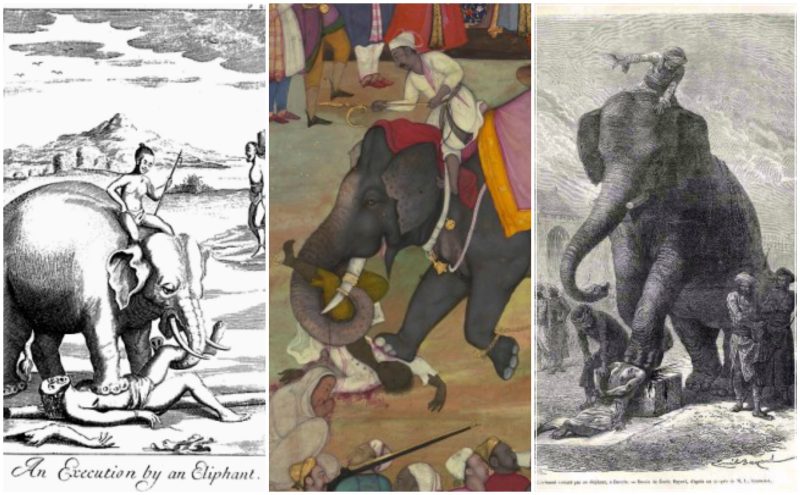Talking about strange and unusual. The death penalty is one of the oldest methods of criminal sentencing.
Although different countries have had bizarre methods of inflicting the highest form of punishment, India had one of the most brutal methods of criminal torture: execution by elephant.
It was a common method of capital punishment in South and Southeast Asia, and particularly in India.
Compared to many other wild animals (tigers, lions, crocodiles, snakes), the elephant is considered to be smart and easily trainable. Asian elephants were used to crush, dismember, or torture captives in public executions.
Many times this method was used in order to show that the ruler is even in command of nature. The ruler was thus seen as maintaining a moral and spiritual domination over wild beasts, adding to their authority and mystique among subjects. This form of capital punishment is also known as “Gunga Rao“.
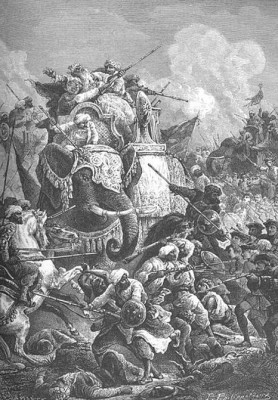
The earliest records of such executions date back to the classical period. However, the practice was already well established by that time and continued well into the 19th century.
Apart from enemy soldiers, civilians who commit certain crimes could also be punished in this brutal way. These crimes included theft, tax evasion and rebellion.
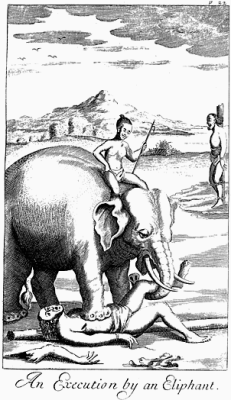
During an expedition to central India in 1868, Louis Rousselet, a French writer, photographer and traveller, described the execution of a criminal by an elephant. A sketch was made of the execution showing the condemned being forced to place his head upon a pedestal, and then being held there while an elephant crushed his head underfoot.
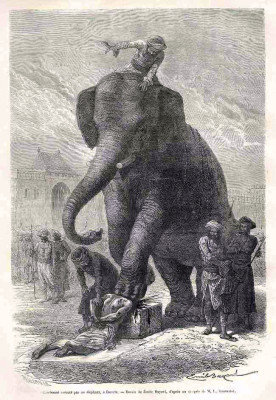
The most common way that the execution by elephant was carried out was for the beasts to crush its victim to death with brute force, but elephants were even sometimes used in a kind of trial by ordeal in which the condemned prisoner was released if he managed to fend off the elephant.
The Mughal Emperor Akbar the Great is said to have “used this technique to chastise ‘rebels’ and then, in the end, the prisoners, presumably much chastened, were given their lives”. On one occasion, Akbar was recorded to have had a man thrown to the elephants to suffer five days of such treatment before pardoning him.
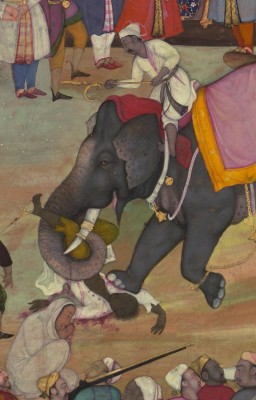
The sight of elephants executing captives both horrified and attracted the interest of European travellers, and was recorded in numerous contemporary journals and accounts of life in Asia. The practice was eventually suppressed by the European empires that colonised the region in the 18th and 19th centuries.
With the increasing presence of the British in India that the popularity of this brutal penalty went into decline. While primarily confined to Asia, the practice was occasionally adopted by Western powers, such as Rome and Carthage, particularly to deal with mutinous soldiers.
